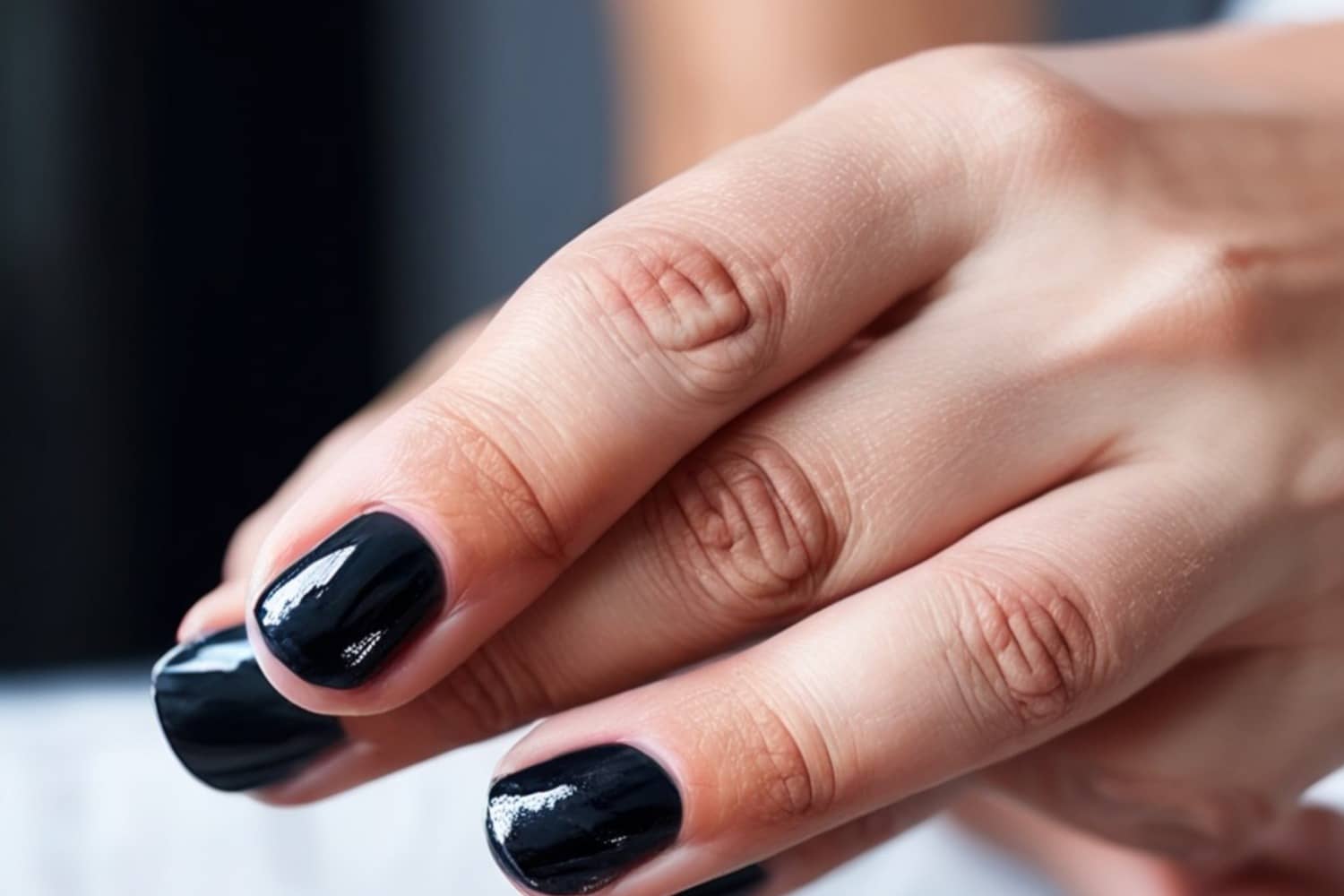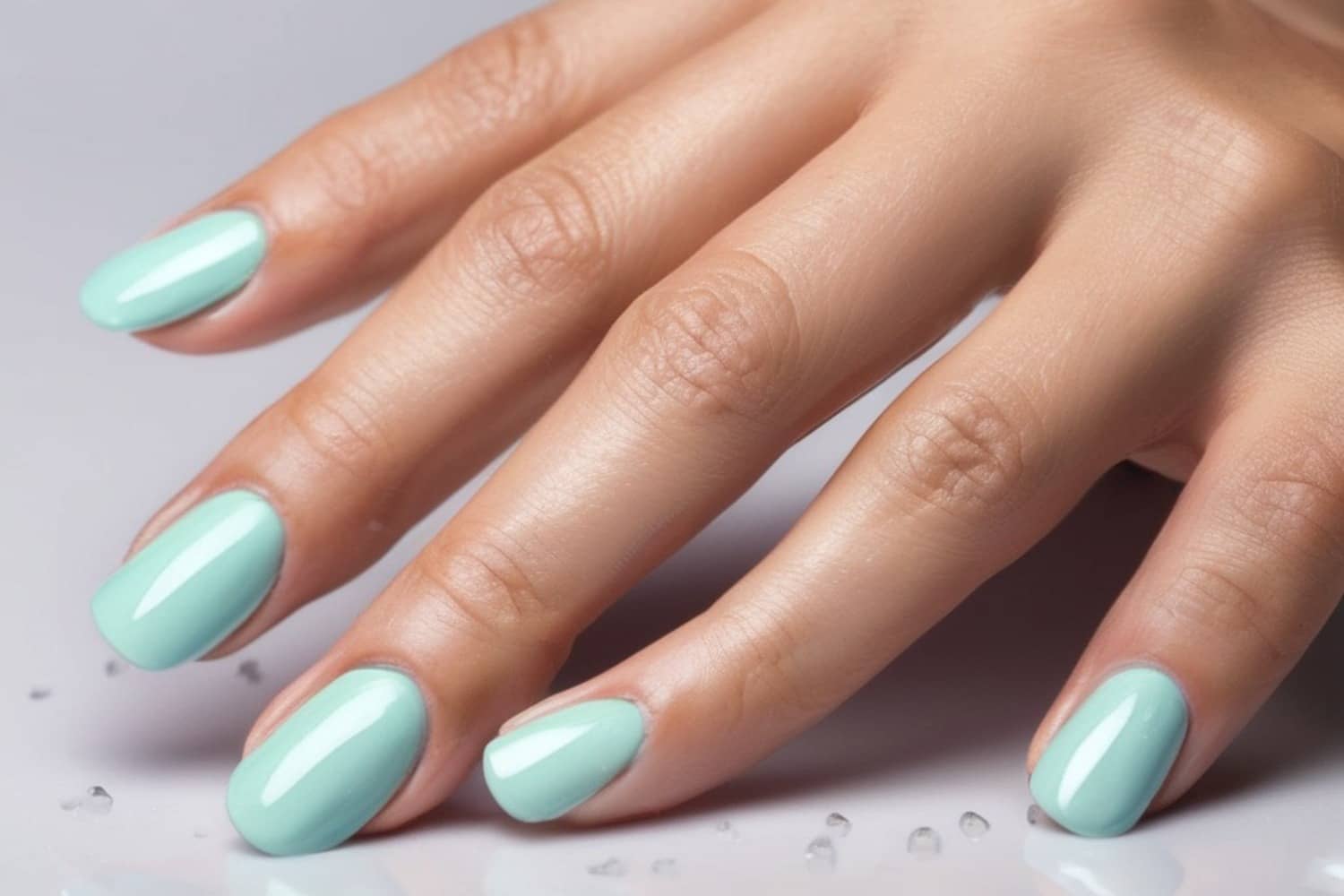
As someone who loves the long-lasting, chip-resistant finish of gel manicures, you've likely struggled with the dreaded task of removing them at home. The very qualities that make gel polish so appealing - its durability and resilience - also make it notoriously difficult to take off without damaging your natural nails.
But fret not! In this comprehensive guide, we'll walk you through a step-by-step process for safely removing gel nail polish at home without compromising the health and strength of your nails. You'll learn the right tools and techniques to get your nails back to their natural, beautiful state, all while avoiding common mistakes that can lead to thinning, peeling, and weakening. Get ready to say goodbye to gel polish the right way!
Gel nail polish is a type of manicure that uses a specialized polish that is cured under a UV or LED lamp. This "curing" process creates a hard, glossy finish that is highly long-lasting - often up to 2-3 weeks. While the longevity of gel manicures is a significant benefit, it also makes them notoriously difficult to remove at home.
Unlike regular nail polish that can be dissolved with standard nail polish remover, gel polish is chemically bonded to the nail plate. Attempting to peel it off forcibly or file it down aggressively can severely damage the delicate nail bed and surrounding skin. This is why proper gel removal techniques are essential for maintaining healthy, strong nails.
Gel nail polish is made up of a few key ingredients that contribute to its long-lasting and durable properties:
The curing process under the UV or LED lamp gives gel manicures their characteristic hard, glossy finish that lasts for weeks. However, this same chemical bonding makes the polish so difficult to remove without the right techniques.

Before we dive into the proper gel polish removal process, it's essential to understand some of the common mistakes that can lead to nail damage:
Avoiding these common mistakes is vital to removing gel polish safely and effectively at home.

Now that we've covered what not to do let's walk through the proper steps for gel polish removal:
You'll need the following items:

While the at-home removal process we outlined can work well for most people, there are some instances where it's best to seek professional help from a licensed nail technician:
Entrusting your nails to a skilled professional can give you peace of mind and help restore your natural nail health if at-home removal proves too challenging.
When you visit a salon for gel nail removal, the process typically involves the following steps:
The salon process is generally more thorough and controlled than at-home removal, reducing the risk of over-drying or damaging the nail bed. However, it may cost more than doing it yourself.

Once you've successfully removed your gel polish, it's essential to take extra care of your nails to help them recover and regain their strength. Here are some tips:
By following these post-removal steps, you can help your natural nails recover their health and resilience, preparing them for your next salon or at-home gel manicure.
Here are some top-rated nail care products to help revitalize your nails after gel polish removal:
| Product | Key Benefits |
|---|---|
| CND RescueRXx Daily Keratin Treatment | Strengthens nails, reduces peeling and splitting |
| Sally Hansen Nail Rehab | Hydrates and repairs damaged nails |
| Essie Gel Couture Top Coat | Helps restore shine and smoothness |
| OPI Nail Envy Nail Strengthener | Fortifies nails and prevents brittleness |
| Deborah Lippmann Cuticle Oil | Deeply conditions cuticles and surrounding skin |
| Onsen Nail Mask | Infuses nails with vitamins and minerals |
By incorporating these types of products into your post-gel manicure routine, you can help expedite the recovery process and get your nails back to their healthy, natural state.

Even when following the proper techniques, you may encounter some challenges during the gel polish removal process. Here are a few common issues and how to address them:
If you're having trouble removing the last bits of gel polish, try these tips:
Excessive acetone exposure can leave nails feeling dry, flaky, and prone to peeling. To combat this:
Sometimes, gel polish can leave behind a yellowish or cloudy stain on the nail. To address this:
By troubleshooting and addressing any post-removal issues, you can get your nails back to their healthy, natural state.
Removing gel nail polish at home without damaging your natural nails requires patience, the right tools, and a gentle touch. By understanding the science behind gel manicures, avoiding common mistakes, and following our step-by-step removal process, you can safely remove your gel polish and maintain the long-term health of your nails.
Remember, if you ever encounter excessive nail thinning, peeling, or other issues during the removal process, don't hesitate to consult a professional nail technician. With the proper techniques and aftercare, you can enjoy the beauty of gel manicures without compromising the strength and condition of your natural nails.
Gel nail polish contains vital ingredients like monomers, photoinitiators, and cross linkers that create a strong chemical bond to the nail plate. This durable formula gives gel manicures their long-lasting wear. Still, it also makes the polish notoriously tricky to remove without the proper techniques.
Forcibly peeling off or excessively filing down gel polish can severely damage the delicate nail bed and surrounding skin. Over time, this can lead to thinning, peeling, and weakening of the natural nail. Proper removal techniques that gradually break down the gel coating are essential for maintaining healthy nails.
The essential supplies for at-home gel polish removal include:
The recommended soak time is 10-15 minutes. This allows the acetone to gradually break down and soften the gel coating, allowing it to be gently removed without excessive scraping or filing.
After the 10-15 minute soak, use an orangewood stick or cuticle pusher to gently scrape off any remaining softened gel polish. Avoid aggressive filing or buffing, as this can further weaken the natural nail.
The acetone used to remove gel polish can be very drying, leaving nails brittle and prone to peeling. Applying cuticle oil and hand cream after removal helps rehydrate and nourish the nails and surrounding skin, preventing further damage.
There are a few instances where it's better to have a professional nail technician remove your gel polish:
Some common post-removal issues include stubborn gel residue, dry/brittle nails, and nail discoloration. These can be addressed by:
Some top nail care products to try after gel polish removal include:
If you're having trouble removing the last bits of stubborn gel polish, try these tips: